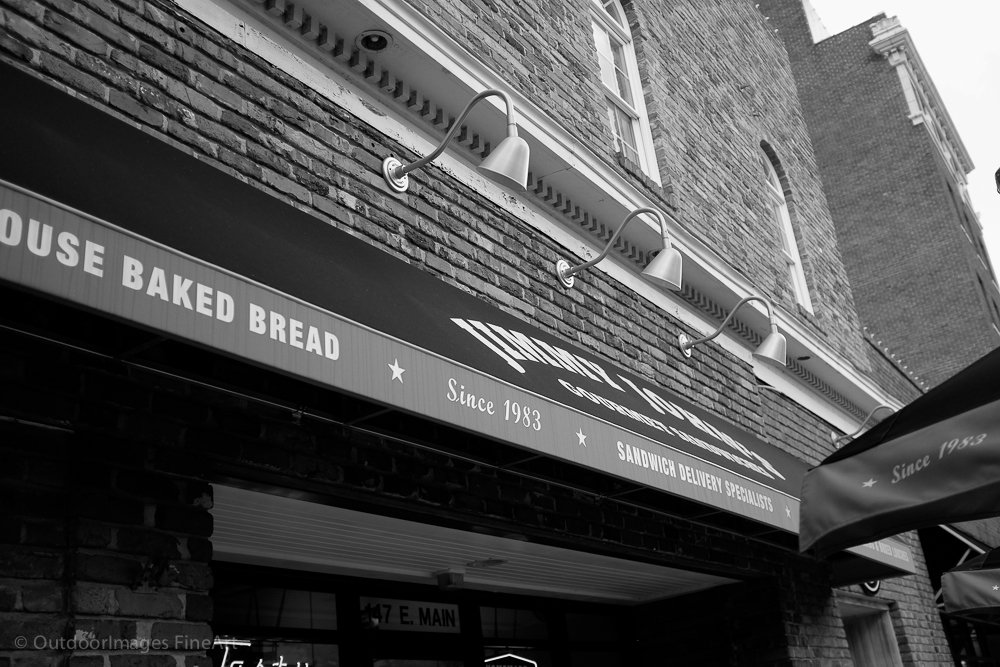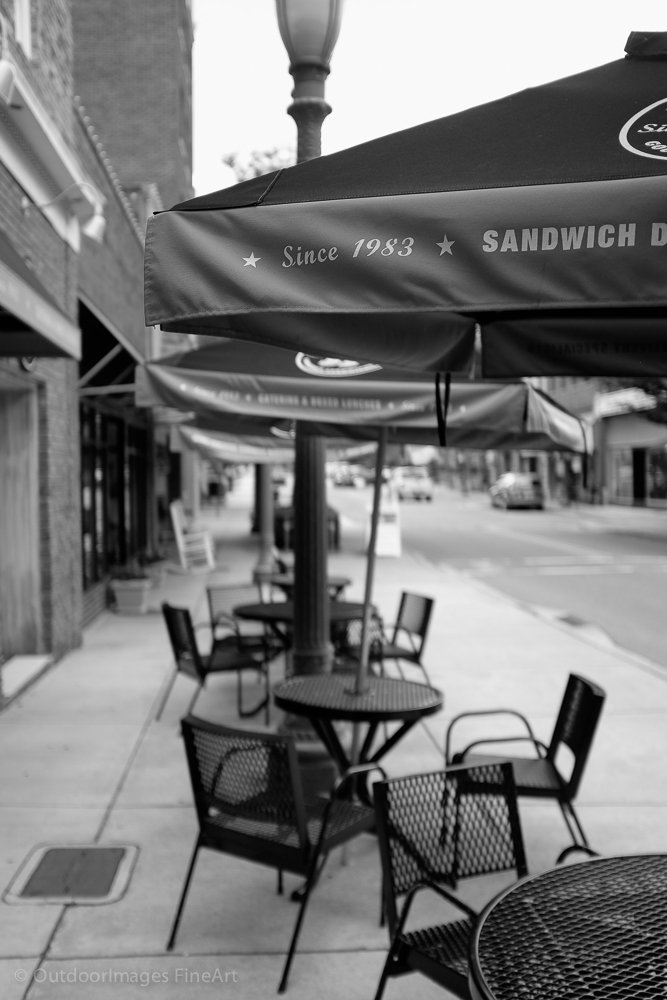
Pages for Black and White with the Fuji X-Series
- Settings for Great Black and White with the Fuji X100s – Part I (here)
- Settings for Great Black and White with the Fuji X100s – Part II
UPDATES at the bottom.
I keep reading about some great photographers around that have used the Fuji X100s to shoot black and white. My initial impression was that the contrast was too low for black and white straight out of the camera. Those of you that have been reading here know that one of the best attributes of the X100s, IMHO, is the ability to use the JPEG files from the camera with little to no alteration. I have gotten some great black and white shots, but I’m looking to get them more consistently in a variety of lighting situations. This will take practice for sure.
So, I stumbled across a wedding photographer and he uses a setting that I found odd, but I think I like. He uses the Black and White setting of the X100s, but uses the Red filter instead of yellow. In my long black and white experience, I have used a yellow and light green filter more than any other kind. I like the contrast enhancement of the yellow and I like the brightening of the green leaves on foliage with the green filter. I reserve the red filter for special occasions few and far between. See these shots below, though, that use the Black and White – Red mode. I’ll spend some time updating you with the other settings as I get comfortable with them – sharpening, highlights, etc. As always, click on the image for a larger view.
UPDATES
Since posting this, I’ve received my new Fujifilm X-Pro1 with the complement of three fixed focal length Fuji lenses – 18mm, 35mm and 60mm. Based on my experience with the X100s, I couldn’t pass up the whopping $800 savings to get everything together (See B&H Photo). In any case, I spent an evening shooting photos of my children eating dinner at Nothin’ but Noodles.
Suffice it to say that I’m no longer sure how much I like the Black and White Red mode, or the method of metering exposures that I was using. My favorite after only a few hours with the X-Pro 1 is the Black and White Yellow mode, which I alluded to above was my expectation anyway.
I’ve fiddled with the sharpness, noise, highlights, shadows and several other settings. I have it close, but not quite out of the camera perfect yet. I’ll be shooting both of these Fuji bodies next week in a National Park way out of the mainstream path. When that’s done, I’ll post some results and a complete list of custom profiles I used. We can start from there….
Thanks for being patient.
You can find Part II – Settings for Great Black and White with the Fuji X100s here.


Jon
Hello, have a question reading the X100s. When I push the Q button I see a padlock on the screen and cannot get to the Q screen. Can you advise how to turn this lock off. Cannot see anything in the manual.
Thank you
David Knoble
Jon, great question! If you can still take photos and the camera saves them, then the SD Card is not locked (which would prevent the X100s from modifying an image with the Q button and then saving the result). From what I’ve read, pressing and holding the menu/ok button for several seconds will toggle between locking the buttons on the back and unlocking them. From what I understand, this process locks the buttons, but not the command dial. So, press and hold, then wait for the lock image. All should be good!
May Pham
Hi David. I am curious that on last photo , only the words ” * Since 1983 …” are in focus. I thought that other things that were in same distance with those words should also in focus ( things like part of table and chairs under) but they were not . Nice photos, Thanks. I am learning
David Knoble
Good observation, May. I was extremely close to the umbrella, which was square, but at an angle, so the words on the right (SANDWICH) are closer and out of focus. The table below is actually behind the plane of focus because I was so close to the umbrella. It is interesting when working with narrow depths of field and making sure you know where your plane of focus is can be challenging! Thanks for commenting!
May
Thanks David